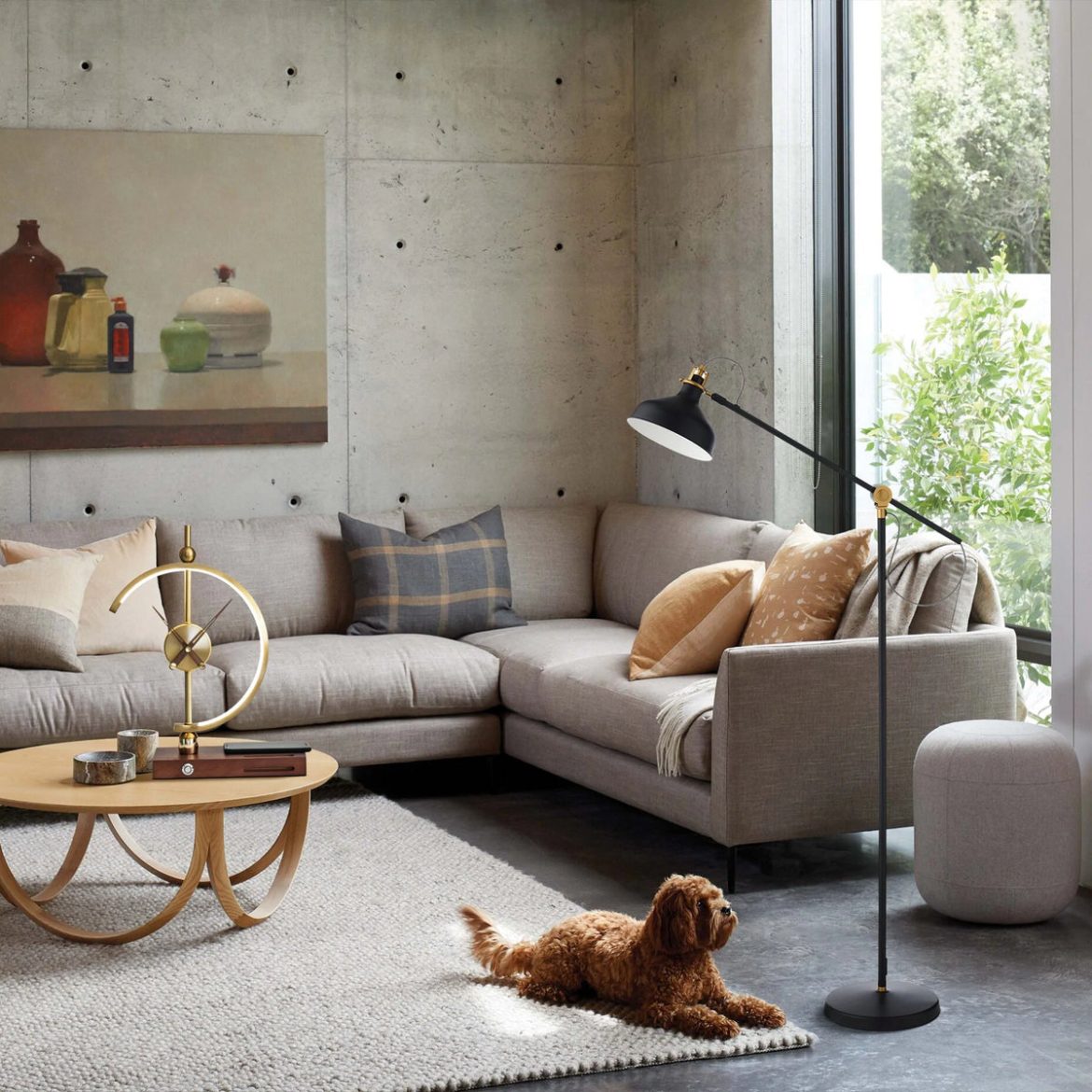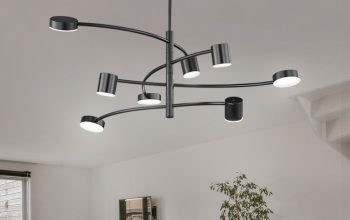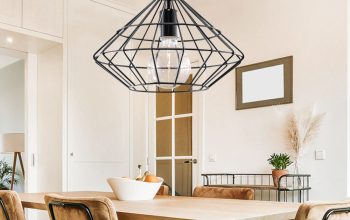Introduction
When you think of Japanese design, the simplistic yet elegant style may come to mind. Using materials such as bamboo, wood, and paper, their designs are often focused on creating a harmonious and peaceful environment. One of the popular design elements in Japanese decor is a rice paper floor lamp. The delicate yet robust texture of rice paper can exude a warm and comforting glow that complements any living space. In this article, we’ll explore the rich history and aesthetic value of a Japanese rice paper floor lamp.
Origins and History
Rice paper itself originated over 1000 years ago in China during the Tang Dynasty. At that time, people used it mainly for writing and drawing, but it quickly became a popular material for crafts such as lanterns, umbrellas, and other decorative items. Eventually, the Japanese developed their own form of rice paper called washi, which translates to “Japanese paper.” Washi is made from the inner bark of the kozo, gampi, or mitsumata plant, unlike Chinese rice paper which is made from the pith of the rice plant.
Rice paper floor lamps were first made popular in Japan in the 18th century during the Edo period. Because traditional Japanese homes were built with sliding doors and screens, floor lamps provided an alternative source of light that didn’t require wall or ceiling fixtures. Rice paper was a popular choice of material because it was lightweight, durable, and allowed for maximum light diffusion.
Design and Construction
Japanese rice paper floor lamps are crafted with simplicity and modesty in mind. The frame, typically made of bamboo, is designed to hold the rice paper securely in place. The paper itself can be plain or adorned with intricate designs. Some lamps have multiple tiers of rice paper, creating a sculptural-like appearance.
The diffused light emitted from a rice paper floor lamp creates a serene atmosphere, perfect for relaxing or practicing meditation. The warm glow can be adjusted by using a dimmer switch, allowing you to create the ambiance that suits your mood.
Contemporary Adaptations
While the traditional rice paper floor lamp design still exists, modern versions have emerged, offering consumers more choices in style and functionality. Some lamps feature innovative designs like adjustable heights, brighter LED lights, and wireless charging capabilities.
Additionally, the use of reinforced cotton or polyester promises sturdier and more durable construction compared to traditional rice paper.




